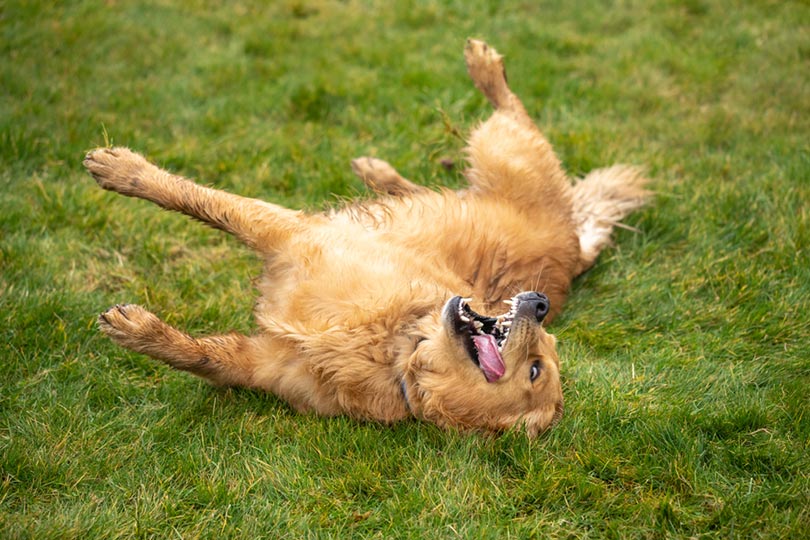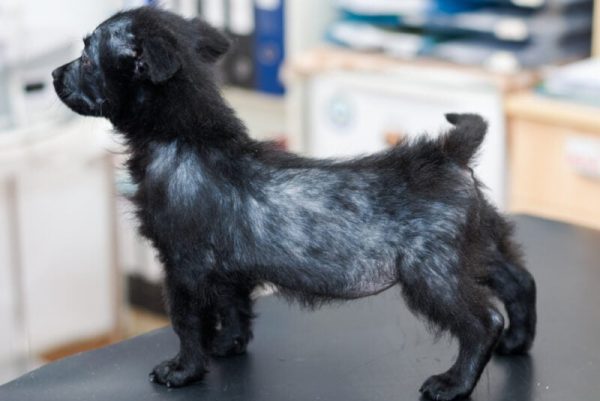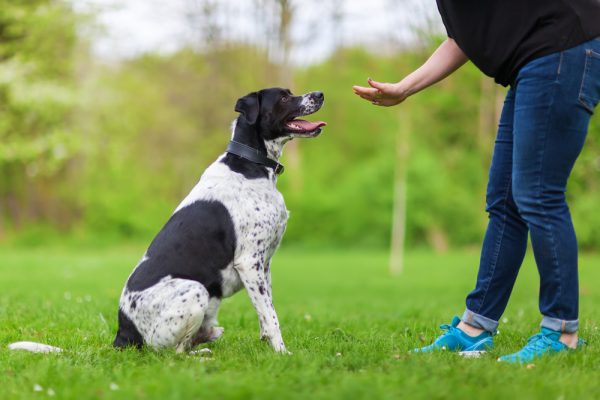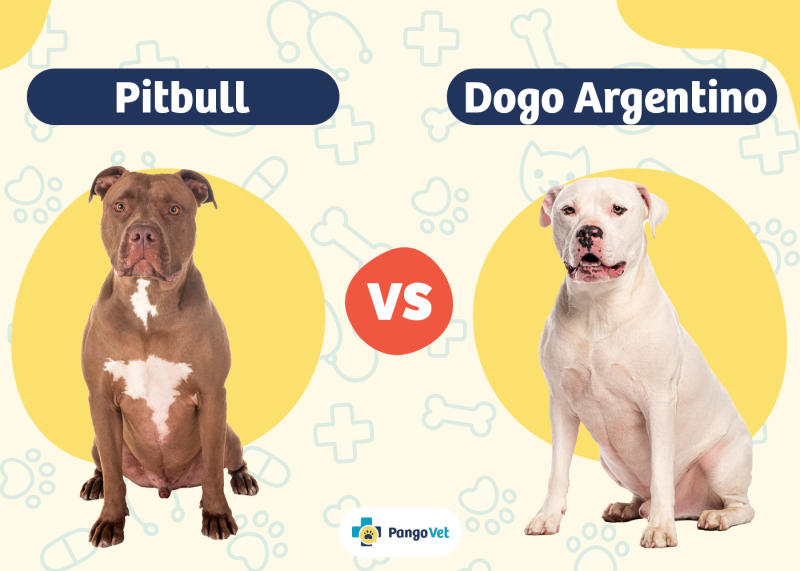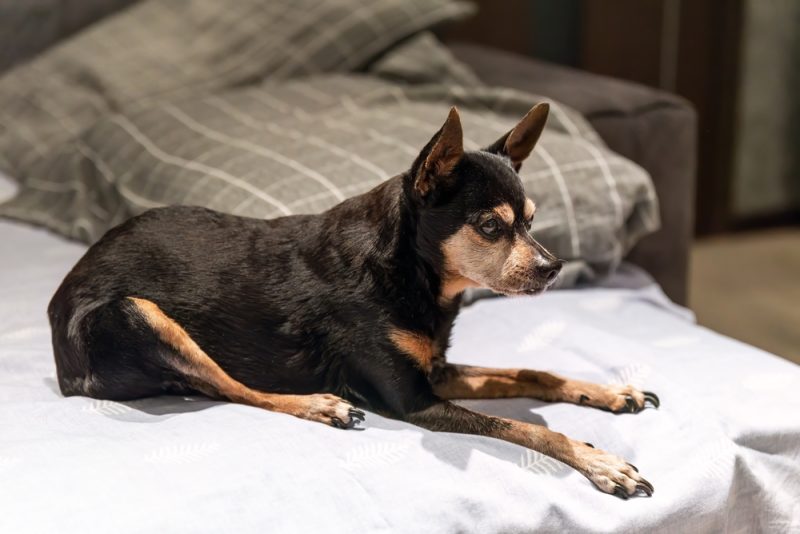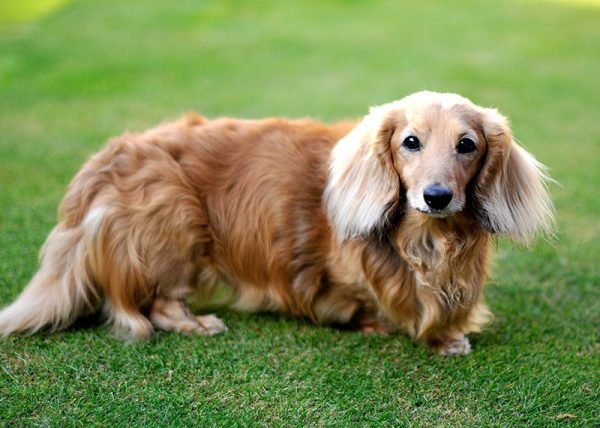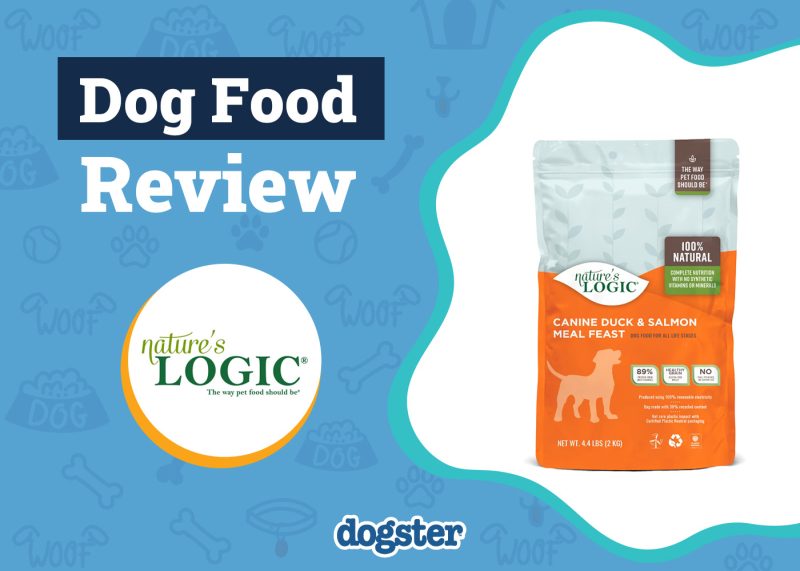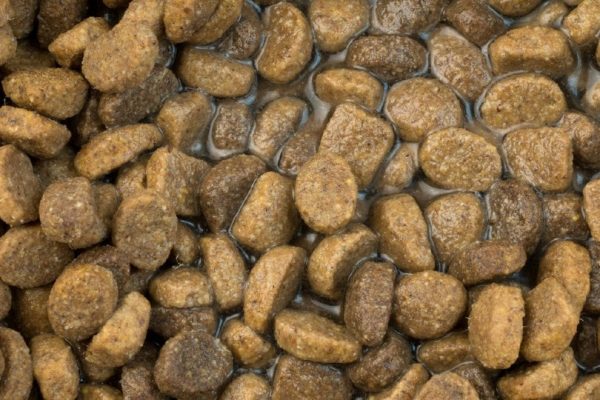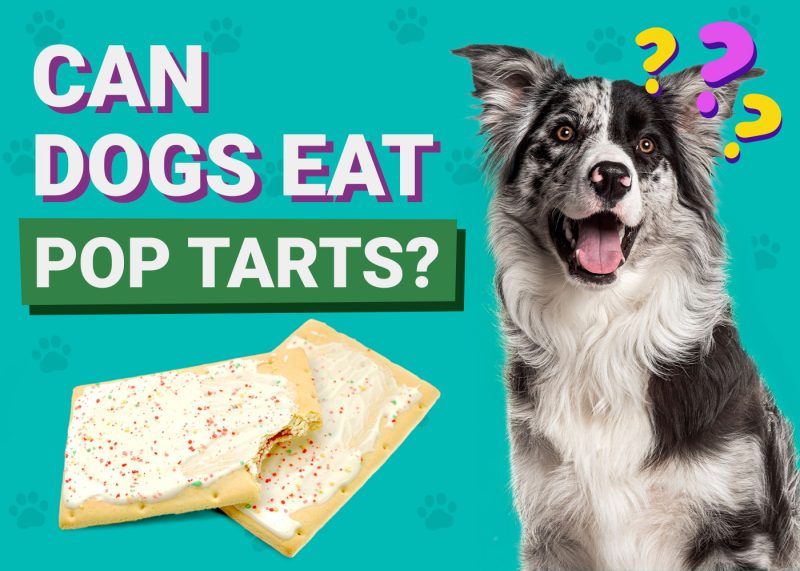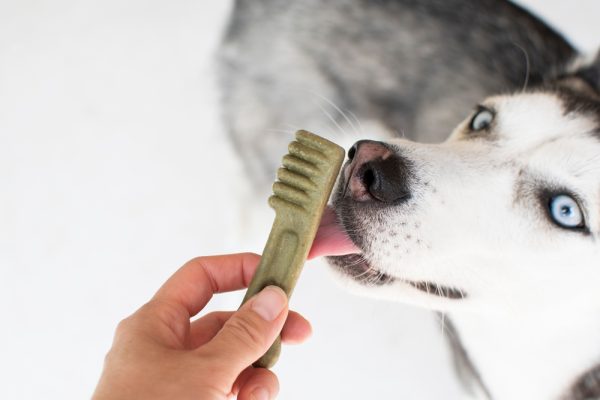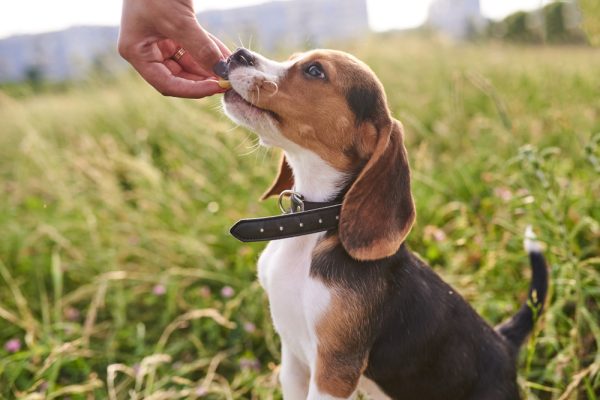In this article
View 3 More +Dogs are one of the most popular and beloved animals in the world. They’re known for their loyalty, playfulness, and ability to provide comfort and companionship to their owners. However, dogs are also known for their strange and sometimes inexplicable behavior.
One of the more puzzling (and gross) behaviors among canines is their tendency to roll in the carcasses of dead animals. This strange habit has left many pet owners scratching their heads, wondering why their pup would want to cover themselves in such an unpleasant scent. While there may not be a definitive answer to this mystery, there are several theories as to why dogs engage in this bizarre behavior.

The 4 Reasons Why Dogs Roll on Dead Animals
1. Natural Instinct and Behavior
Dogs are animals, and like all animals, they have instinctual behaviors and drives that are deeply ingrained in their DNA. One of these behaviors is their tendency to roll in things that have a strong scent. This behavior is thought to have evolved as a way for dogs to mask their own scent and avoid detection by predators. By rolling in strong-smelling substances, such as the carcasses of dead animals, dogs can disguise their own scent and become less noticeable to other animals.
However, it’s important to note that not all dogs exhibit this behavior, so don’t worry too much about it. Some dogs may be more prone to rolling in strong-smelling substances than others, depending on their breed, temperament, and upbringing. For example, hunting breeds like hounds and retrievers may be more likely to roll in the scent of dead animals because they have been bred to track and hunt prey.
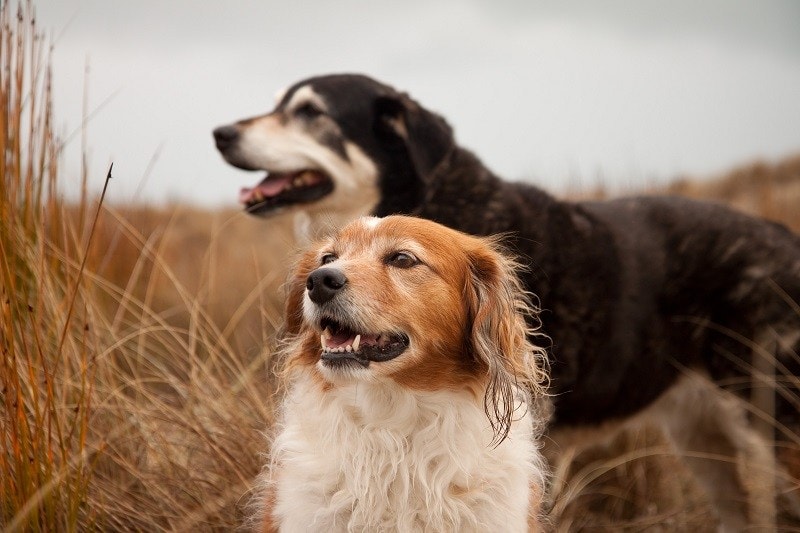
2. Scent Marking
Another possible reason that dogs roll in the scent of dead animals is to mark their territory. Dogs have a highly developed sense of smell, and they use scent marking as a way to communicate with other dogs and animals. By rolling in the scent of dead animals, dogs may be trying to leave their own scent on the carcass as a way of marking their territory and warning other animals to stay away.
However, this theory doesn’t explain why some dogs roll in the scent of dead animals even when they’re not in their home territory. So, it’s possible that dogs may be using scent marking as a way to establish dominance or assert their presence in a new environment.
3. Curiosity and Exploration
Dogs are naturally curious creatures, and they love to explore their environment. Rolling in the scent of dead animals may be a way for dogs to investigate and explore their surroundings. Dogs use their sense of smell to gather information about their environment, and rolling in a dead animal may be a way for them to gather new information about the world around them.
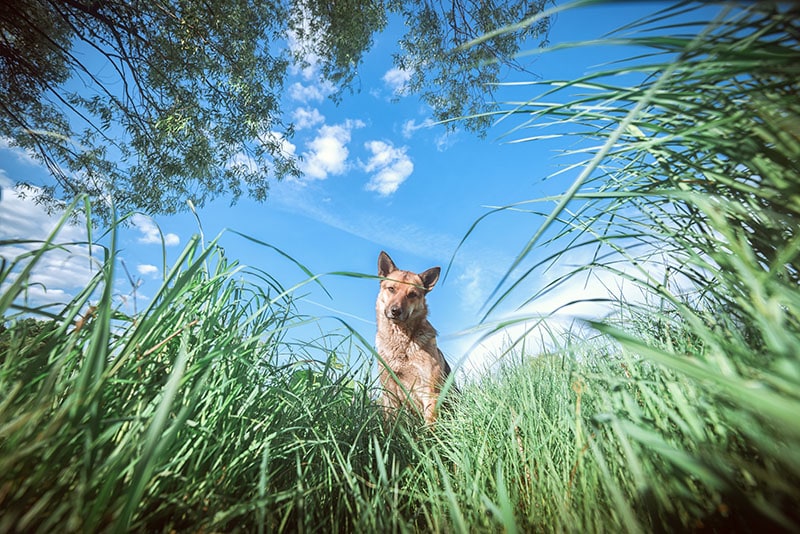
4. Masking Their Own Scent
Rolling in the scent of dead animals may be a way for dogs to disguise their own scent and avoid detection by predators. However, this behavior may also have another purpose: to mask their scent from potential prey. Dogs that are bred for hunting may use this behavior as a way to mask their own scent and get closer to their prey without being detected.

The Good and Bad About the Rolling
There are both positive and negative aspects to dogs rolling around on dead animals. Let’s examine these.
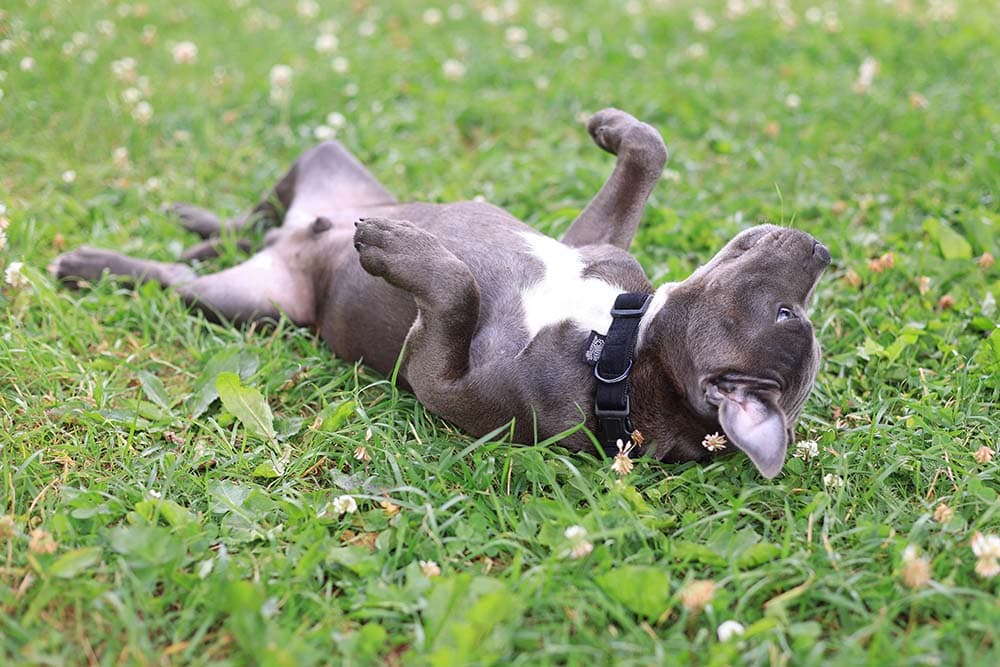
Possible Health Benefits
Believe it or not, there may be health benefits to rolling in on a dead animal. It’s been suggested that the bacteria found in decomposing organic matter may have a beneficial effect on a dog’s immune system. By exposing themselves to these bacteria, dogs may be strengthening their immune system and improving their overall health. That said, there’s no scientific evidence to support this theory.
Negative Consequences
While rolling in the scent of dead animals may be a natural behavior for dogs, it can also have negative consequences. For one, the smell can be extremely unpleasant and difficult to remove from a dog’s fur. This can lead to unhappy owners and uncomfortable dogs. Additionally, dogs that roll in the scent of dead animals may be more prone to picking up parasites and diseases, which can be harmful to their health.
How to Discourage This Behavior
If you’re a dog owner and you’re tired of your furry canine friend rolling in the scent of dead animals, there are a few things you can do to discourage this behavior. First, make sure your pet is well-exercised and mentally stimulated. Dogs that are bored or under-stimulated may be more likely to engage in unwanted behaviors, like rolling in the scent of dead animals.
Second, you can try using positive reinforcement to encourage your dog to engage in more desirable behaviors. For example, you can reward your pet for coming to you when called or for sitting on command.

Frequently Asked Questions (FAQ)
Can Dogs Smell Dead Animals?
Yes. Canines have an exceptional sense of smell, and they can detect scents that human beings cannot. One such scent is that of dead animals. A dog’s sense of smell is over 1,000 times stronger than that of a human’s. They have around 300 million olfactory receptors in their noses compared to humans’ 6 million. This means dogs can detect even the faintest of smells and can quickly locate a dead animal.
In fact, dogs are commonly used by law enforcement agencies to locate dead bodies. They can track down the scent of a decomposing body from miles away, even if it is buried underground. The smell of a dead animal changes as it decomposes, and dogs are trained to distinguish between the different stages of decomposition.
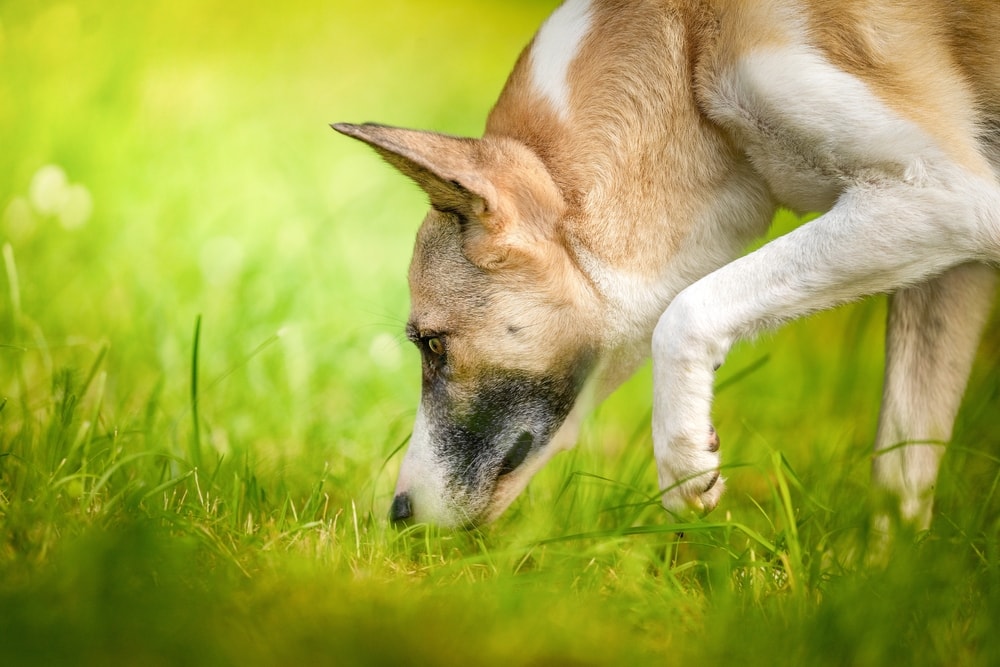
How Do You Clean a Dog That’s Just Rolled in a Dead Animal?
First and foremost, it’s important to wear gloves and protective clothing while handling the dog and avoid direct contact with the dead animal. Next, use a hose or bucket of water to rinse off as much of the debris as possible. You can then use a pet-safe shampoo specifically designed for odor removal to thoroughly wash your dog. Be sure to pay extra attention to the areas where the smell is most potent, such as the face, neck, and paws. Rinse thoroughly with water and dry your dog with a towel.
If the smell persists after washing, you may need to repeat the process or consider seeking professional grooming services (for example, if the animal was a skunk).
Can I Sprinkle Baking Soda on My Dog’s Coat?
While baking soda is a commonly used household item, it’s important to exercise caution when considering using it on your dog’s coat. It can be effective in neutralizing odors, but it can also cause skin irritation if not properly diluted. If you do decide to use baking soda on your dog’s coat, make sure to mix it with water (try mixing 3 tablespoons baking soda with 1 quart of lukewarm water) to create a paste before applying it. Be sure to avoid contact with your dog’s eyes and mouth, and thoroughly rinse the coat after application.
Additionally, if your dog has any open wounds or skin irritations, it is best to avoid using baking soda altogether and consult a vet for proper treatment options.
Did you know you can speak to a veterinarian without having to travel? Just head over to PangoVet. It's our online service where you can talk to a vet online and get the advice you need for your pet — all at an affordable price!

Do Dogs Sense Dog Death?
There is anecdotal evidence to suggest that dogs may be able to sense when another dog is nearing death. For example, some dog owners have reported that their dogs become more attentive or clingy toward a sick or dying dog, or that they seem to have a heightened awareness of the situation.
However, there is no scientific evidence to support this claim. It’s possible that dogs may be able to pick up on subtle changes in the behavior or scent of a sick or dying dog, which could lead to changes in their own behavior. Additionally, dogs are highly attuned to their owners’ emotions and may respond to their owners’ distress when dealing with a sick or dying pet.
Do Dogs Grieve Dead Dogs?
Dogs are known for their loyalty and affection toward their human companions, but they also form strong bonds with other dogs, so yes, they do grieve the loss of their fellow canines. Anecdotally, dogs have been observed showing signs of mourning, such as whining, howling, and searching for their deceased companion. They may also become withdrawn and lose interest in activities they previously enjoyed. Some dogs may even refuse to eat or drink for a period of time after the loss of their companion.
The level of grief a dog experiences can vary depending on their relationship with the deceased dog. For example, if the two dogs were littermates or had spent many years together, the surviving dog may experience more intense grief. It is important for the owner to provide extra love and attention to their grieving dog during this time and to give them space to mourn in their own way.
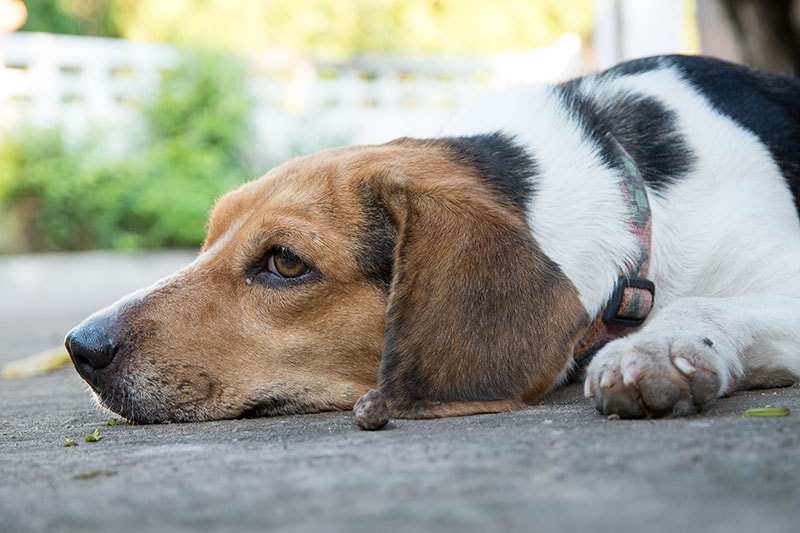

Wrapping Things Up
Dogs rolling in the scent of dead animals is a strange and often unpleasant behavior that has puzzled pet owners for years. While there may not be a definitive answer to why dogs engage in this behavior, there are several theories, from masking their own scent to marking their territory.
While it may be difficult to discourage this behavior completely, there are steps that pet owners can take to minimize its occurrence and keep their canine friends happy and healthy.
- See Also: Why Do Dogs Roll in Poop?
Featured Image Credit: VDB Photos, Shutterstock
